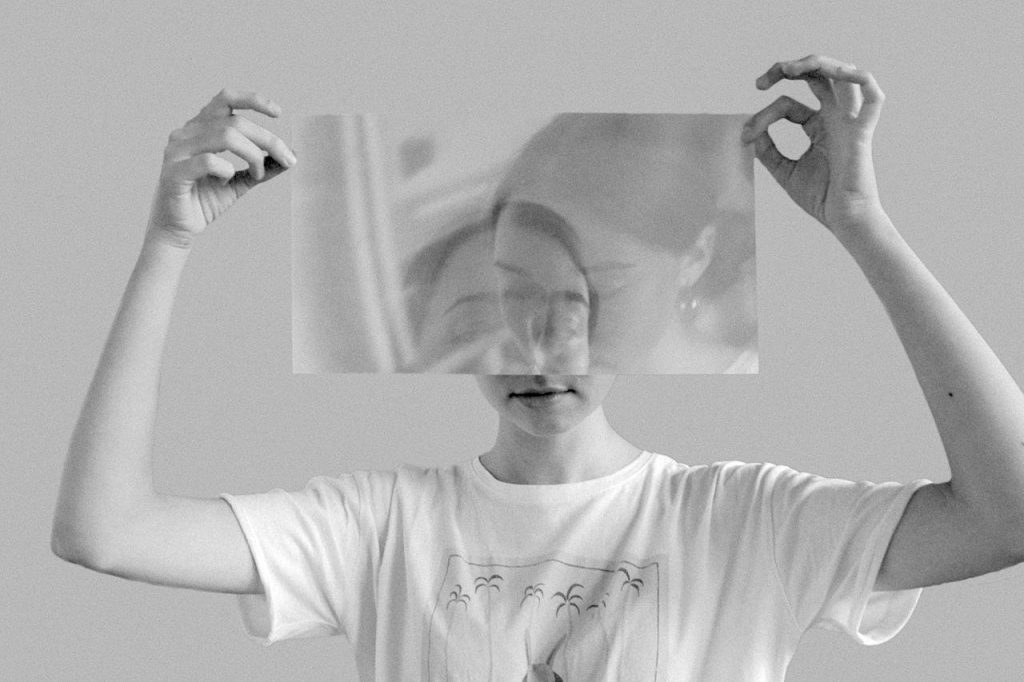New technologies for determining the origin of images online spring up from time to time. In 2019, search engines such as Google Image or TinEye are effective and helpful.
To verify an image save it on your computer or copy the link. Upload the image or paste the link of the image on Google Image Search and compare the results to your image. Keep an eye out for the largest file sizes as usually the largest image is the original one. Check the publishing date in the search results, as the oldest images are most likely to be the original ones.
Make sure that the image contains EXIF data, the so-called metadata. This is a standard format for storing interchange information in digital photography image files. For example, when taking a picture using a digital camera or smart phone, the image retains information such as type of camera, image dimension and date of capture. However, the time data cannot be taken as an absolute truth, since it can be set manually on the camera. To find the EXIF data, you can use free software and tools such as Jeffrey’s EXIF viewer, Fotoforensics.com and Findexif.com, or simply right-click on the image and click on Image Properties.
EXIF data often disappears when the images are uploaded to social media sites, but are saved if photos are sent via email. Social networks such as Twitter, Facebook and Instagram extract the metadata. To search for the hidden metadata, you can use Geofeedia or Ban.jo.
Also, this data can vary if the image was modified by, for example, Photoshop, so EXIF data cannot always be absolutely trusted. Use sites like “Image edited?” to detect image manipulation using Photoshop, for example.
Some services like Flickr, Picasa and Twitter offer the option to include the location of where the image was taken, noting that it is not 100% guaranteed to be the truth.
To verify the alleged time and place of an image, check the geographical location of the images. There are tools that could help you determine the GPS location and check if the image was taken at the alleged place or not.
Search for reference points to compare them with the satellite images and the geographically located images, such as signs, numbers, letters, signs on buildings, streets, and licence plates. You can use Google Translate or free.orc.com when needed. Also, search for streets or known natural characteristics such as mountains, trees, slopes, rivers, etc. and check monuments and buildings such as minarets, churches, stadia, bridges and so on. Use Google Maps, Google Street View, and Google Earth to check whether the old and located images match the terrain and location of the image you want to check. You can also use WikiMapia to define the features.
Check the details, pay attention to the clothes, buildings and architecture, licence plates and weather.
Linking all these elements can help determine if the content is logical and true or not.
The most effective way is to communicate with the person who uploaded the image is through their account or by email, and then to ask whether they took the image or not. It is also important to find out the identity of the uploader. The tracking process often starts with the person who uploaded it and ends with the one who captured it.
When communicating with the source, compare their answers with the information you obtained through your own search and make sure they match your findings. You can also ask the source for additional images, taken before and after the image to be verified.
Use logic and your instinct during the verification process. Not all information needs tools and programs. For example, does the description or explanation accompanying the image match the image or not? Does the content seem logical and relevant to the context described? Are there any irregularities in the content that are misplaced and hard to believe? Do source information and details contradict each other?
Keep Reading:
Photo Manipulation and Ethics; How far can your camera see?
Go back to the beginning of this section.
This article was updated on January 14th 2020.




